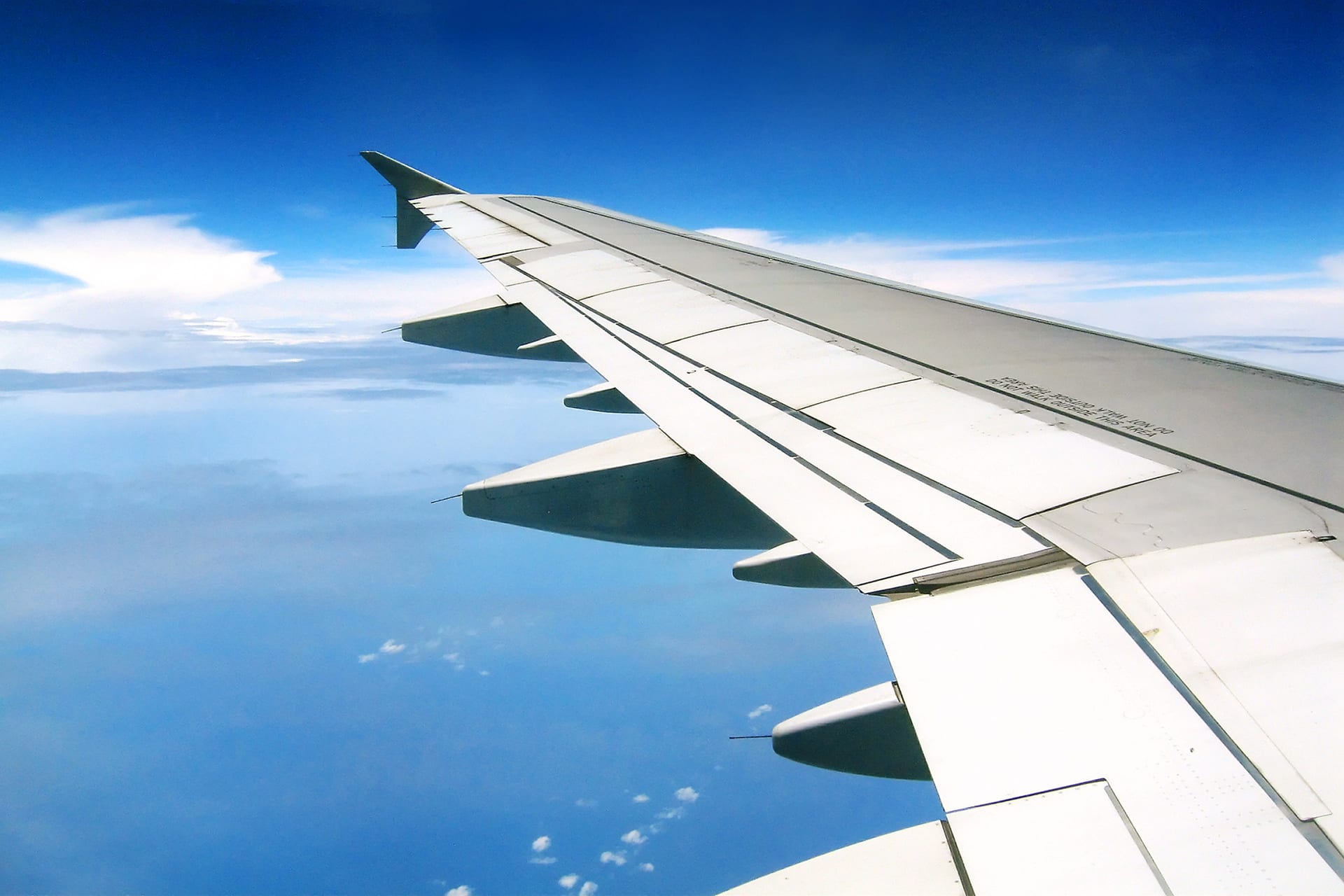Federal Election 2025: What Do the Results Mean for Aviation in Canada?
April 30, 2025 - Blog by NACC President and CEO Jeff Morrison

Federal Election 2025:
What Do the Results Mean for Aviation in Canada?
In what was one of the most unpredictable federal election cycles in living memory, Mark Carney led the Liberal Party to a fourth consecutive victory, coming up 3 seats short of a majority government. It’s clear that the threats posed by US President Donald Trump to Canada’s economy and sovereignty shifted the campaign dramatically, and upended what appeared to be a near-certain win by the Conservatives just a few short months ago.
So what does the outcome mean for aviation? Although aviation did not have the same prominence as other issues such as housing or tariffs, there were some commitments contained in the Liberal platform that could directly impact Canada’s air travel system – here are a few examples:
- Contract for difference for clean energy: The Liberal platform committed to “support carbon contracts for difference to derisk investments in the clean economy and further foster Canada’s clean industrial competitive advantages”. NACC and its partners have long called for a contract for difference regime as a means to stimulate domestic production of Sustainable Aviation Fuels (SAF), in order to bridge the price difference between conventional jet fuel and SAF. NACC will be following up with the new government to ensure that contracts for difference is a clean energy priority, and that it include SAF.
- Conduct a review and eliminate outdated and duplicative rules and regulations: The Liberal platform promised that all relevant federal departments – including Transport Canada- would be required to “undertake reviews and to report on progress, within 60 days, on steps to eliminate outdated or unnecessary rules, reduce duplication or overlap with provincial rules, and streamline the administration of rules and the delivery of regulatory decisions.” Modernizing aviation regulations was one of NACC’s key asks during the election campaign. To assist in this promised regulatory review, NACC will be providing the federal government with several examples of outdated aviation regulations that need to be reformed and updated.
- Invest in trade corridors, including airports: With its focus on strengthening trade corridors, the Liberals promised to “build new trade infrastructure that connects Canada through the new $5 billion Trade Diversification Corridors Fund, including ports, railways, airports, highways, and other trade enabling infrastructure.”. By making a strong case that airports are critical trade engines, NACC will advocate that such a Fund invest heavily in much needed airport infrastructure not only to enhance trading relationships, but with all the associated benefits that accrue from airport investment.
- Accessibility: The Liberal platform promised to “direct the Canadian Transportation Agency to develop a plan to address persistent complaints about accessibility on aircraft and other modes of transportation.” Although it’s unclear how this commitment will be implemented, NACC and its member airlines will soon be announcing a significant joint initiative regarding accessible air travel, in addition to accessibility progress reports that each airline will be submitting to the CTA in June.
- Lower costs for consumers: Affordability was a key theme for all the political parties throughout the campaign – and although the Liberal platform made no specific mention of lowering costs in aviation, NACC will make the case that the federal government can easily reduce the costs of air travel through reforms to the Air Passenger Protection Regulations, and by addressing the myriad of fees, charges and taxes that the federal government imposes on air travel.
Although several of these commitments are promising, as standalone policy reforms they would be insufficient to realize the objective of a more affordable, sustainable, accessible, competitive air travel system – something we all want. It’s time that the federal government take a step back and pursue a modernized National Aviation Strategy – something many stakeholders have recommended for years. This would enable a holistic review of the overall aviation system, and implement a coordinated series of measures that could lead to a strengthened and more internationally competitive aviation regime. Canadians deserve nothing less.
Elections matter, but so does ongoing, sustained advocacy. With a new government in place, and an industry vision for a modernized aviation system in Canada, we have a real opportunity to improve air travel in Canada for the next generation – I hope the new Carney government will seize that opportunity.
Jeff Morrison is President and CEO of the National Airlines Council of Canada

